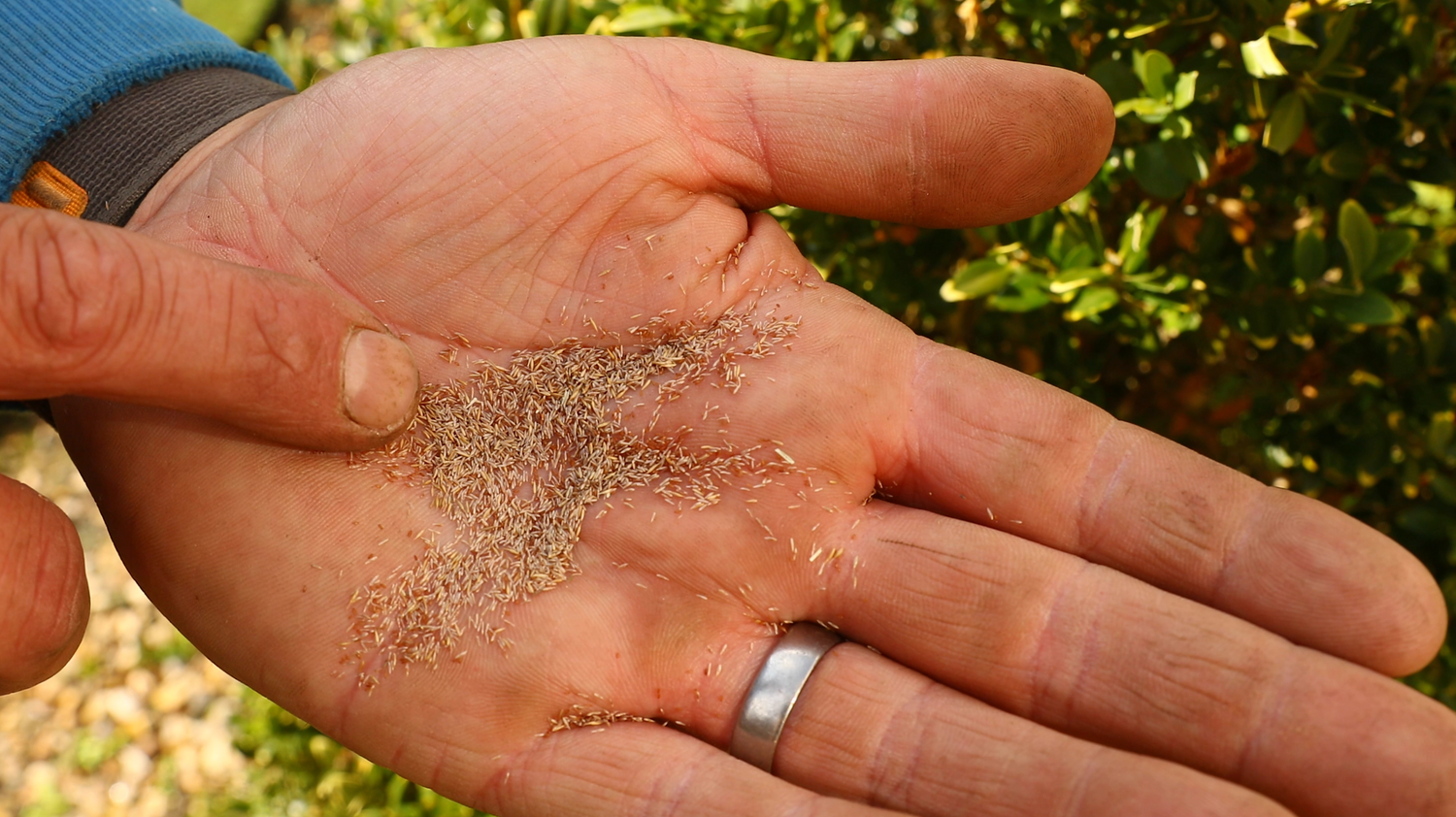While spring and autumn are traditionally popular times for lawn seeding, August can also be a suitable time under the right circumstances.
The Perks of August Seeding:
-
Warmer Soil Temperatures: August often brings warm soil temperatures which promote faster germination. As the sun shines brightly the soil becomes the perfect environment for seeds to sprout and establish themselves.
-
Reduced Weed Competition: Seeding in August provides an advantage over weeds as many of them have already completed their life cycle during the early summer months. This reduces the competition for resources, giving your lawn seeds a better chance to thrive.
-
Rainfall and Humidity: In the UK, August typically experiences moderate rainfall and higher humidity levels. These conditions are beneficial for seed germination and early growth.
-
Preparation for Winter: Seeding in August gives your lawn ample time to develop deep roots before the colder months arrive. A well-established lawn can better withstand the harsh winter conditions.

Before Seeding:
-
Choose the Right Seed: Select grass seed appropriate for your lawn's conditions. Consider factors such as shade, sunlight and the type of soil. Popular grass varieties in the UK include Ryegrass, Fescue, and Bentgrass. What seed did you use before? You need to be using the same seed if you are just reseeding patches of your lawn.
-
Prepare the Soil: A healthy lawn begins with well-prepared soil. Clear the area of any debris, weeds, and rocks. Loosen the soil with a rake or tiller to a depth of about 4-6 inches to improve seed-to-soil contact.
-
Test the Soil: If you haven't tested your soil in the last few years, it's a good idea to do so now. A soil test will reveal essential information about its pH level and nutrient content. Make amendments based on the test results to create an ideal growing environment for your seeds.
Seeding and Care:
-
Sowing the Seeds: Spread the seeds evenly over the prepared soil using a spreader or by hand. Follow the recommended seeding rate on the seed packaging. Lightly rake the soil to cover the seeds with a thin layer of soil or compost. The compost will help protect it from birds. Find our video here about using compost as a top soil.
-
Watering: Keep the newly seeded area consistently moist but not waterlogged. Water the seeds gently to prevent them from being dislodged or washed away. Aim for approximately 1 inch of water per week either through rainfall or manual watering. Be careful not to seed ahead of heavy rain as the seed will be washed away.
-
Mowing: Avoid mowing the seeded area until the grass reaches a height of about 3-4 inches. When you mow for the first time, set the mower to its highest setting and only trim the top third of the grass blades. You may also want to physically push the mower rather than using the self propel option for your first few cuts.
-
Fertilising: Wait until your new lawn has been mowed at least three times before applying any fertiliser. This allows the young grass to establish its root system adequately.
Seeding your lawn in August can be a great option if you take the necessary steps to ensure successful germination and establishment. Keep an eye on the weather and if we are due a prolonged dry spell it may be advisable to leave it until September. Some of you may want to enjoy your mowing for a bit longer yet and leave renovation until September or October but be wary of the weather conditions. You DO NOT want there to be frosts around. Remember that every lawn is unique and local conditions may vary. If you ever have doubts or face challenges don't hesitate to seek advice.




Leave a comment
This site is protected by hCaptcha and the hCaptcha Privacy Policy and Terms of Service apply.